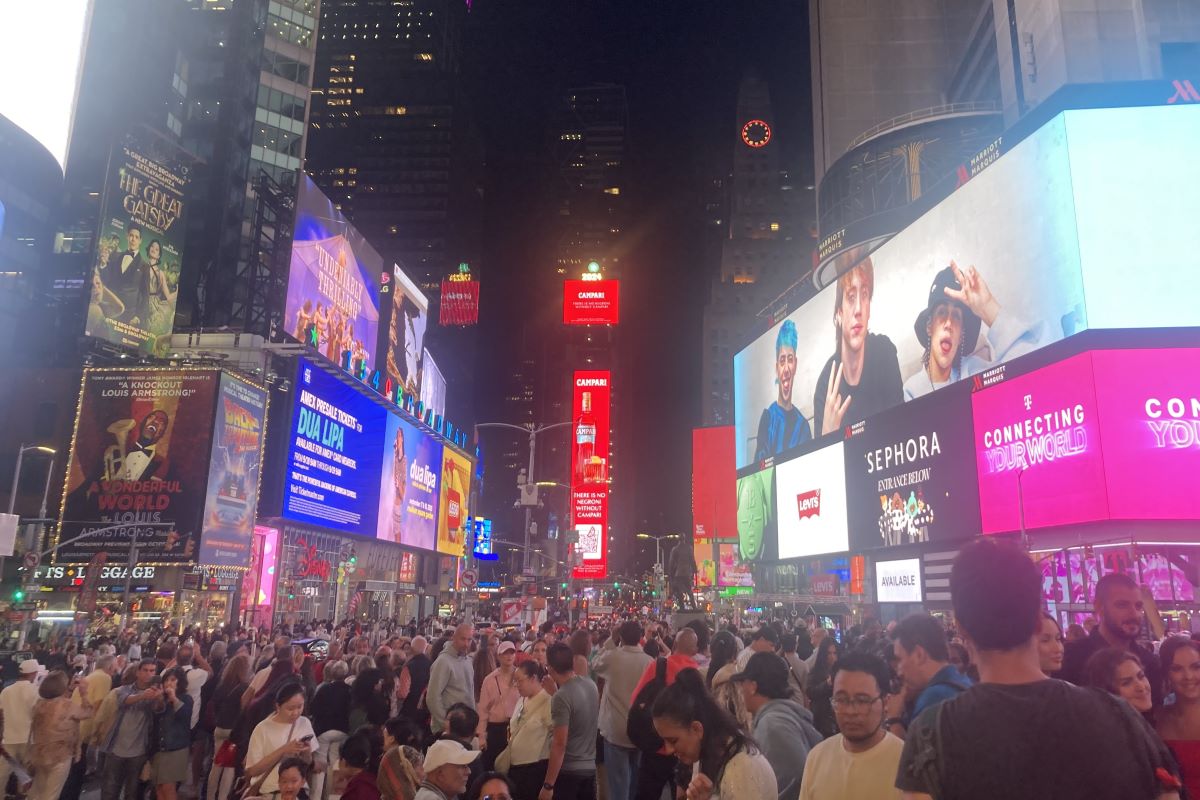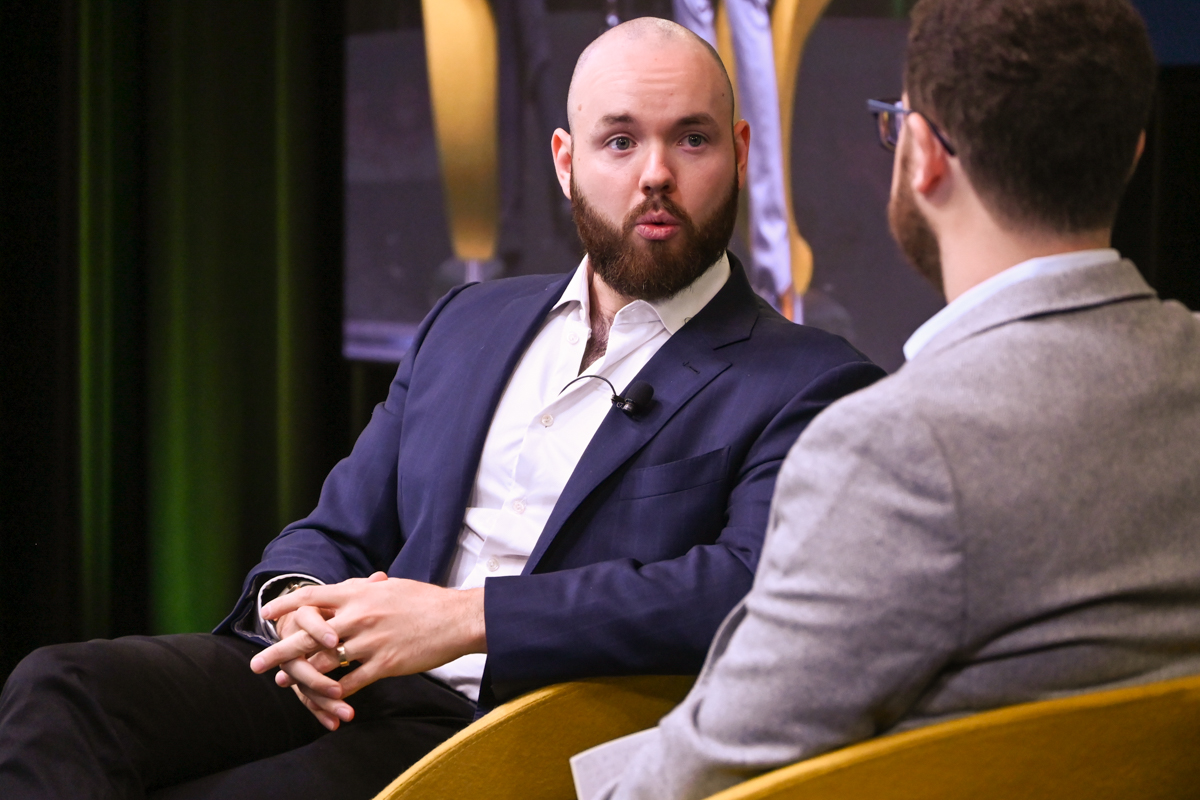Platform Disruption Has Changed How Travel PR Agencies Operate

Skift Take
How we discover, dream, and plan vacations has changed radically as print has given way to digital and desktop gave way to mobile. Lost in much of this are the gatekeepers — legacy print brands on newsstands and in bookstores — which were slow to adapt to the changing media landscape.
Skift Senior Writer Andrew Sheivachman spent the last month speaking with publishing experts, editors-in-chief, and industry players for a deep dive into why things happened this way and how brands are pushing forward to succeed in this new environment. This sidebar delves into how the landscape of travel public relations has shifted in recent years. — Jason Clampet, Editor-in-Chief
Public relations agencies have been on the forefront of helping companies and brands navigated the fragmented media landscape. It’s not enough to have the connections to reach journalists or get ads placed in the right magazines; digital marketing, in all its forms, has become essential to the effort of reaching potential travelers.
“Travel public relations, as an industry, has evolved tremendously in the past few years,” said Jennifer Hawkins, founder and president of Hawkins International Public Relations. “It certainly hasn’t been stagnant or boring. As a service provider and owner of a scrappy growing business, we approach the emergence of new-media as an opportunity. We decided a while ago to not be one-dimensional as we approach PR but to embrace the layered approach to publicity – we love print, social and digital. We don’t discriminate between editors, freelancers and influencers. If the outlet can get us the return we want on behalf of clients, then we see it as a win.”
A multidisciplinary approach is now necessary, especially due to the rise of native and influencer advertising. In the past, it was the brand of a particular publication that would make a story seem trustworthy to readers.
Today, brands are creating their own content and placing it on various sites around the web. Companies like Marriott International are investing heavily in content creation for use on their own sites or social platforms. Brands are also paying influencers to experience their product and send their opinions out to followers using multimedia.
“One of the key reasons I joined NJFPR with MMGY Global, was to have access to, and tap into all aspects of travel marketing from research to social media as well as traditional advertising and branding,” said Nancy Friedman, partner at NJFPR. “Because time is such a precious commodity, people in the travel industry want one-stop-shopping if it provides efficiencies.” Travel PR houses, in other words, have to do it all for a client, otherwise clients figure out a way to try it on their own.
If the story is good, it doesn’t matter very much where the story comes from. With consumers finding travel content on social media platforms like Facebook and Instagram, the focus has become creating good content regardless of where it ends up being housed.
“Public relations has to fit into the circle of life of marketing and all of the other disciplines we once fought against,” said René Mack, founder of PR agency Percepture [Editor’s Note: Percepture provides PR services for Skift.] “Agencies were once in a position to buy the space or dictate what a brand is. Today, brands know what they are. Many are giving social media to PR; they are also looking at them for content because the content tends to be a little more authentic.”
Mack gave an example of a written story about the lives of mules at the Grand Canyon that eventually led to his client being featured in Oprah’s O Magazine; the story ended up going viral despite being hosted on the brand’s website. Good storytelling, regardless of format, is the most important differentiator.
The question of which advertising format provides the best return on investment has always been something of a mystery. Digital channels do little to solve this, despite increased tracking and visibility, but big brands still have a major advantage due to the number of users they have.
“There can be an article in the New York Post, and someone can rip that out but not go on a trip for six months; I have no idea what the return on investment is,” said Mack. “I can also say the same thing about social media, you really don’t know. Travel + Leisure has always been an influencer. There are many out there, but unless you’re hedging all your bets I don’t think you can succeed in the market anymore. Whatever the new shiny object is, be careful. The market is always looking for that silver bullet and that job has become much more difficult.”
Barring the complete collapse of print advertising, travel magazines will remain attractive to travel brands as a method of persuading high-spending travelers. But to reach the rest of the consumers out there, digital marketing is important and becoming essential.
Read the Compete Story: “How Travel Media Missed the Digital Leap”




